The Gaoui Palace
As we have another day in Ndjamena, a city where – according to Alonso – there is absolutely nothing to do, we arrange a taxi to go and visit the Gaoui Palace, 10 kilometres outside town. On the way we pass a few more aspects of Ndjamena. On the outskirts are several ministries, and the National Assembly, of – let’s say – variable attractivity. Especially the Ministry of Finance is a massive colossus, not yet finished; the cynic in me says that it is scary to see how many offices for civil servants there are going to be in the building, all of these need to be remunerated, somehow…
At the edge of town the nomads camp, in their make-shift huts, often covered with colourful cloths. This is also where the herds of goats and cows congregate, kept together by all kinds of water containers – they know better than to wander off too far. Lively drawings on the outside of several mud huts suggest that these are the butchers, of goats and of camel. (Drawing the business on the walls of shops is a time-honoured way to indicate the trade in an area where many people are illiterate. Not only here, but also in the centre of town, where especially the hairdressers show a wide variety of styles outside.)
Half an hour later we reach the village of Gaoui, which has gained national fame, because it houses the oldest building in the entire country, the palace of the former sultan. The building, a two-floor mud castle, is perhaps some 150 years old, although it looks pretty new; this is because the women of the village upgrade the walls, and the associated silhouettes painted with ochre and kaolin, every year again, after the rains have done their destructive work. And they have done a great job this year, the palace looks much more attractive than the photos I have seen on internet.
The palace was turned into a museum some years ago, and now houses a collection of utensils from the Sao culture, which may have died out at the end of the 19th Century – although others claim that the Kotoko, the ethnic group now living in the village, are the same, or at least related. Getting consistent information isn’t that straightforward, on the one hand the guide of the museum is somewhat vague, on the other my French isn’t good enough to understand everything in detail, also not helped by the accent of the guide. Gaoui means ‘strong’ in the local Arab spoken here, and was apparently given to the village after a powerful enemy king three times in a row failed to conquer the village.
The collection of the museum is, let’s say, varied. There are some nice things, a sculpture and an ancestor totem, lots of genuinely old pots, weapons, musical instruments. The most interesting thing is the palace itself.
The villagers nowadays have continued the pottery tradition of which we have seen the old pieces in the museum. A walk through the village reveals in impressive production facility, where large pots in various forms are being made from clay, and subsequently fired in a large ‘shallow hole. This is clearly not for local use only, this is supplying entire Ndjamena. Oh, and like the market yesterday, everybody is friendly, relaxed, in for a chat. So nice.
The National Museum
On the way back we also visit the Chad National Museum, a rather disappointing experience. It is not only that there are hundreds of school children around, also visiting the museum: school children have a tendency to find foreigners far more interesting than the exhibits in the museum, and try in all kind of ways to get on the photo with the foreigner. To be fair, the school children had a bit of a point: the museum wasn’t that interesting after all. We were appointed a guide, who firstly explained that the oldest humanoid fossils were… not from Kenya, not from Ethiopia, but from Chad! Seven million years old, beating the next humanoid fossil by a good two million years. He then stressed that, given this palaeontological fact, everybody in the world comes from Africa, and then welcomed all of us home. The artefact section was mildly more interesting, with some very nice utensils, and a small stone sculpture collection of what the guide claimed were 5000 year old pieces, from the Sao culture. Surely not the same as the one whose 150 year old palace we just visited?
next: we are on our way!


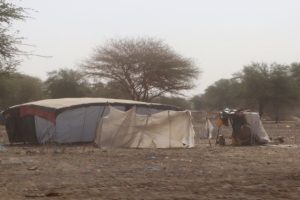
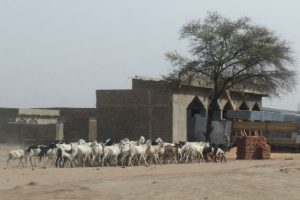
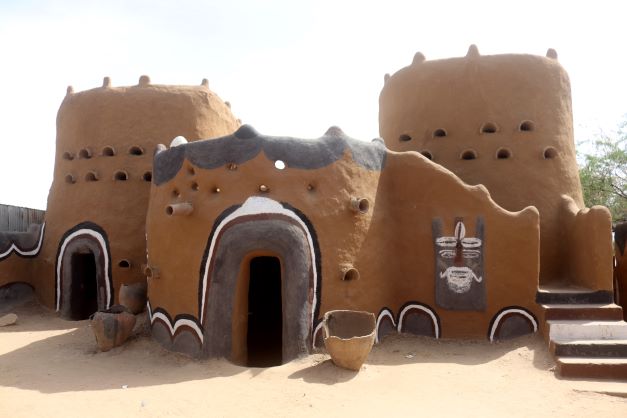
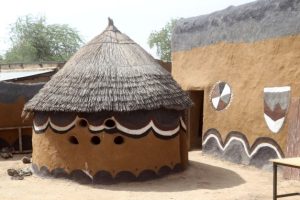

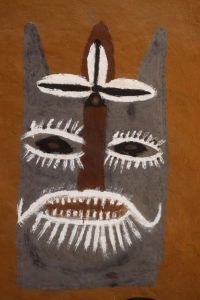
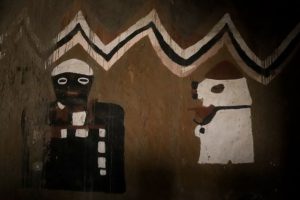

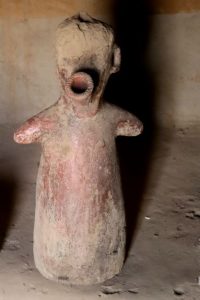
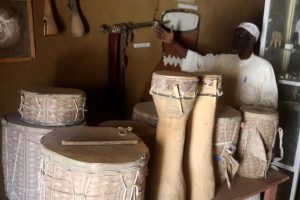
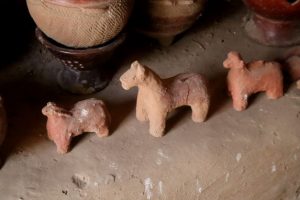
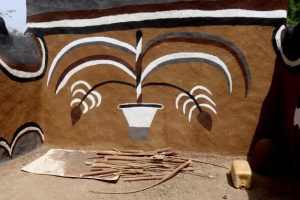


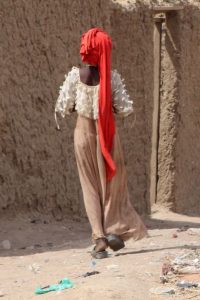




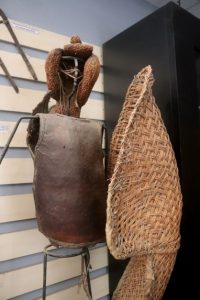
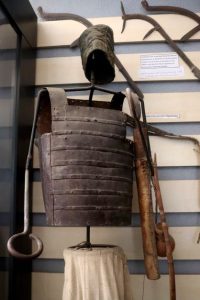

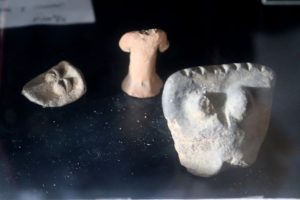











I see you can make as many pictures as you like so you must be very happy🤪
Sure Thea, the real thing again. Luckily. As always, there is so much to see.